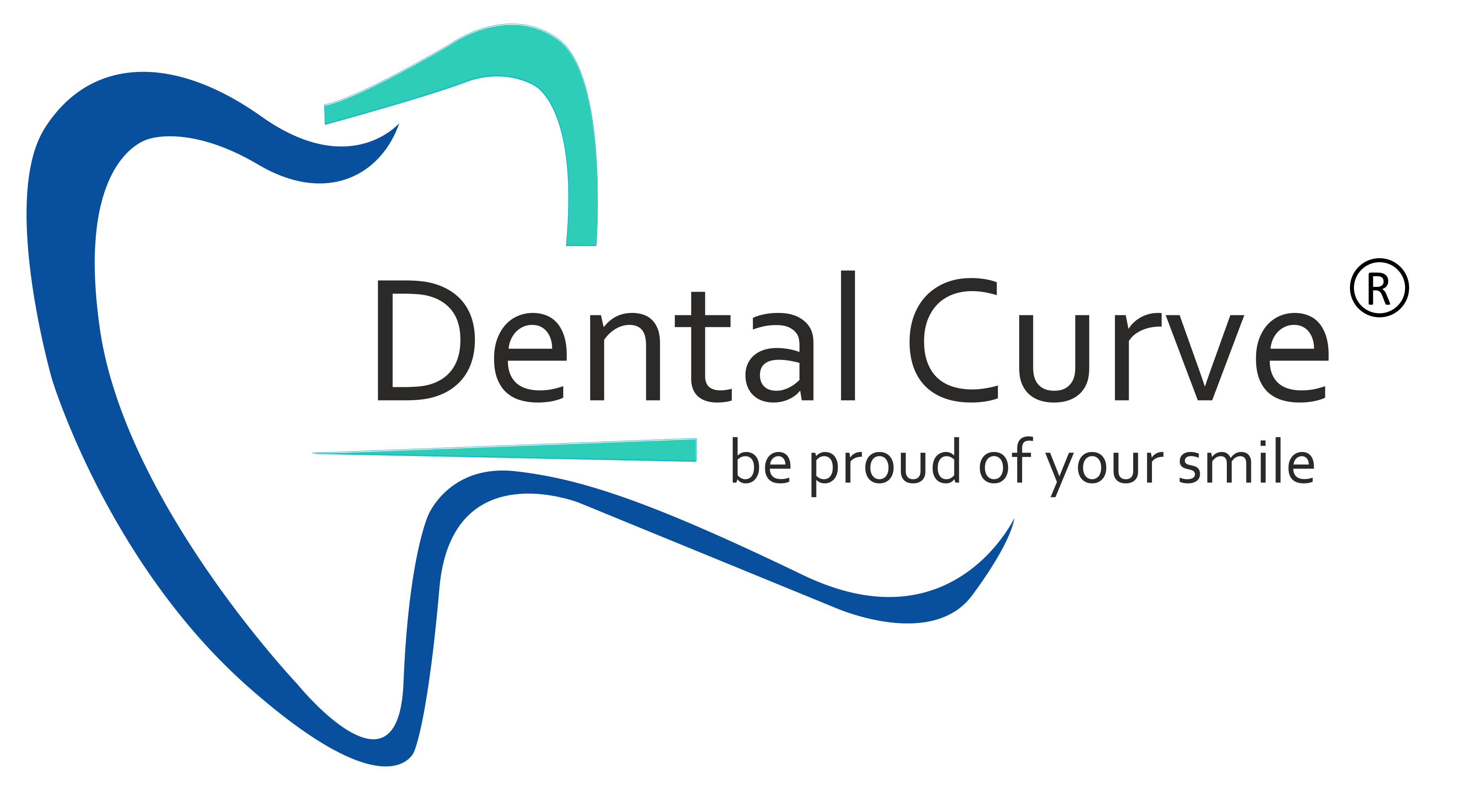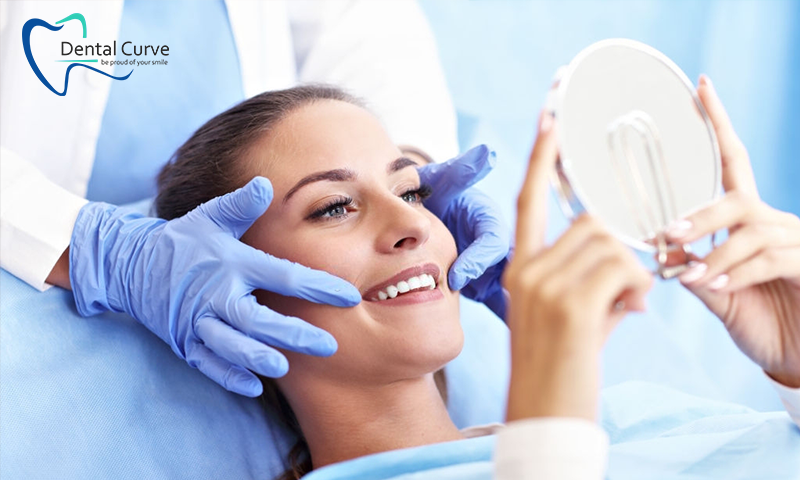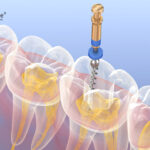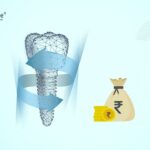After you have a Root canal procedure, an endodontist can send you home with directions on how to avoid severe pain, and you are supposed to follow this direction till a dental visit.
Following all the direction for Care is particularly crucial if a temporary filling or crown is placed.
What to expect directly after a root canal?
Though a Root canal ultimately means that less pain, within the immediate outcome of the procedure, you’ll probably feel some tenderness. Your jaw can also be sore from opening your mouth for a longer-than-normal quantity of your time. Typically, the pain following a Root canal can be treated successfully with over-the-counter medications. However, in some instances, your dentist might impose a stronger medication. If you’re waiting for another procedure, resembling a filling or crown, you’ll need to avoid the change of state with the tooth being repaired. Your dentist will instruct you on whether or not this applies to your state of affairs.
After a Root Canal Treatment, some Discomfort is fine
A Root canal could be a surgical operation during which decaying tissue is removed from the tooth. The area is then cleaned and treated to get rid of all traces of infection. It’s natural to experience some sensitivity, swelling, and discomfort following the procedure. This might last for a few days. The confined anaesthetic you got at the beginning of your treatment usually provides many hours of symptom. You’ll experience tenderness and discomfort because the topical anaesthetic begins to wear off. In most cases, this is often treated with over-the-counter pain relievers. If you’re bothered regarding having a pain threshold, discuss prescription choices with our dentists. If your pain worsens, prescription antibiotics could also be necessary to deal with a doable infection.
Take Care together with your Temporary Filling or Crown
In some cases, you’ll need to come back for a permanent filling or crown. In such cases, the dentist will initially place a temporary crown to safeguard your tooth and prevent any harm. Whether or not you head home with a permanent filling or a crown, it’s invariably best to avoid the change of state or drinking hot beverages till the anaesthetic wears off. Doing this can defend you from accidentally biting or burning yourself. Eat soft foods for a few days following the procedure.
While wearing a temporary crown, avoid exhausting or sticky foods that might cause this protecting fixture to crack, break, or return loose and expose your broken tooth. Whenever doable, chew on the opposite aspect of your mouth. You’ll still brush and usually floss till the ultimate filling or crown is placed.
Oral hygiene after having a Root canal
Continuing to follow sensible oral hygiene when a Root canal is critically essential. Brush doubly daily, floss once daily, and use antiseptic gargle often to keep up the health of your teeth.
Once your Root canal and the other procedures are completed, you’ll have a follow-up dental visit together with your dentist to make sure that everything is well because it ought to. Then you ought to resume regular appointments for cleanings and checkups.
A good oral hygiene routine can assist you in maintaining healthy teeth and gums for years into the long run.
When you should visit a dentist?
Generally, you’ll visit as discussed with your dentist about the follow-up appointment for a permanent filling or crown with none issues. However, if you experience augmented pain, it may lead to an infection.
So, in such cases, contact a dental specialist immediately.
If you want to know more and in-depth about Root Canal care, then get in touch with our dental experts.
They will guide you through everything!
Or you can drop your concerns in the comments section!









